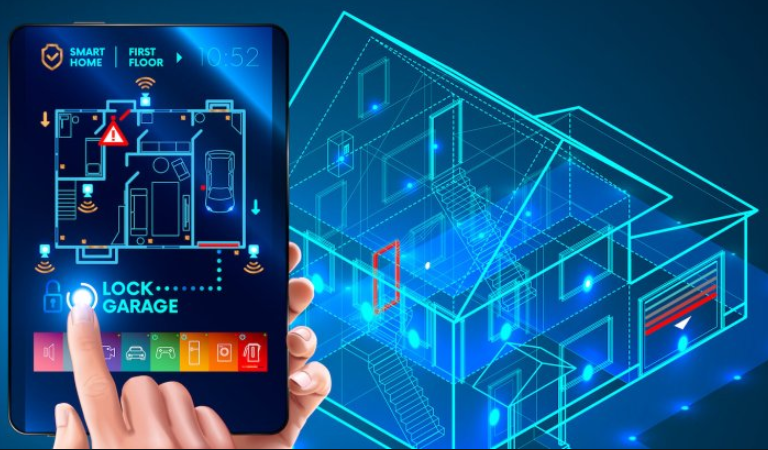Two key points in intelligent lighting drive technology: energy efficiency and reliability
2021-10-15

There are currently two types of intelligent lighting drive technologies, one is brightness adjustment and the other is color temperature. The most traditional way of dimming brightness is thyristor, and thyristor power supply has existed for a long time. From the effect level, the entire industry agrees that the plasticity of SCR is too poor and will gradually die out in the future. At present, the better effect is the 0-10 volt dimming drive solution. In addition, DALI or dmx512 products may be more suitable for larger system networking.
The current drive can be divided into three levels. The first level is thyristor; the second level is a 0-10 volt interface, which can achieve better results and has an acceptable price; the third level is a relatively large-scale system protocol.
From the perspective of reliability, the chip is always the core, and other passive devices are of course also very important, but the plasticity of the chip is stronger, and the difference between a good chip and a general chip will be larger. As a chip manufacturer, in order to make the system more reliable, it may continue to devote itself to launching high-reliability products.
In intelligent lighting drive technology, energy efficiency and reliability are the key.
For linear solutions, energy efficiency is more about the pursuit of a balance point. On the basis of balance, try to improve energy efficiency as much as possible. In addition, the reliability of the chip is mainly to upgrade the chip's craftsmanship to bring customers a more reliable user experience.
Energy efficiency is generally based on the design considerations that the entire control scheme is a OEM, and it is also related to the semiconductor process. As for reliability, the first material is used. The second is that ICs on the domestic market need to work hard to improve electrostatic protection capabilities. In addition, the stress of various components and the temperature of the actual working environment should also be considered to improve the reliability of the product when designing.

In the process of technology development, all three parties need to work hard to improve energy efficiency and reliability. First of all, chip manufacturers need to improve the performance of their chips, and cooperate with midstream module manufacturers and sensor manufacturers to make the chips have perfect functions on the modules. Secondly, midstream manufacturers need to work hard to keep the good and good rate above a certain level. Finally, the end customer needs to understand the design characteristics of these module manufacturers and sensor manufacturers in order to put these modules in the product to have a perfect performance.




